The Future of Fish Farming in Kenya: Affordable Aquaculture Recirculatory System (A-RAS) Technology is Paving the Way for Sustainable Aquaculture
The Affordable Recirculation Aquaculture System (A-RAS) is an innovative, eco-friendly fish farming technology piloted in Kenya. A-RAS recycles water, conserves resources, and reduces pollutants, providing a controlled environment for higher yields and faster fish growth. Pilots in Nyeri County demonstrate 4x productivity over traditional ponds, with benefits like reduced maturation time and cleaner fish. Despite challenges like setup costs and complexity, A-RAS supports SDGs and offers a scalable model for sustainable aquaculture.
A-RAS Dissemination Workshop (December 2024, Nyeri)
The workshop organised by WUR and the Embassy of the Netherlands aimed to disseminate the results of the A RAS project carried out in Nyeri 2023-2024, and to prepare for follow up and scaling of the A-RAS to the benefit of thousands of small scale farmers in Kenya
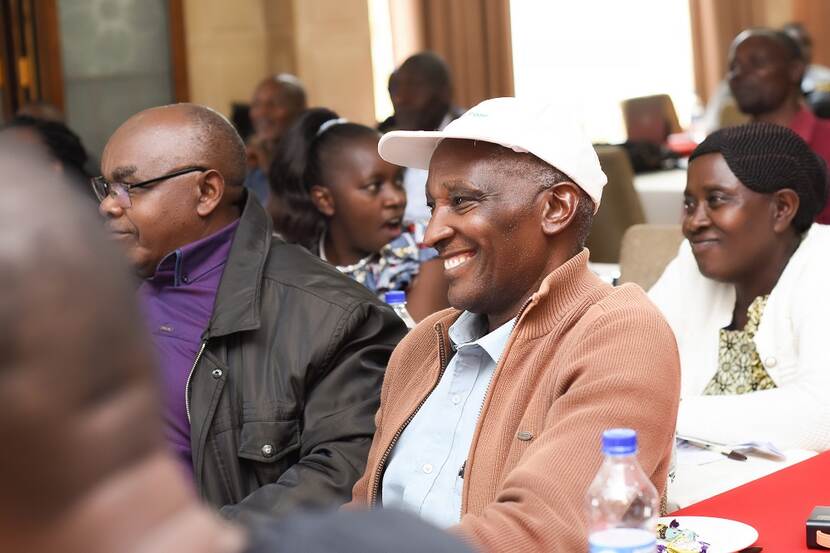
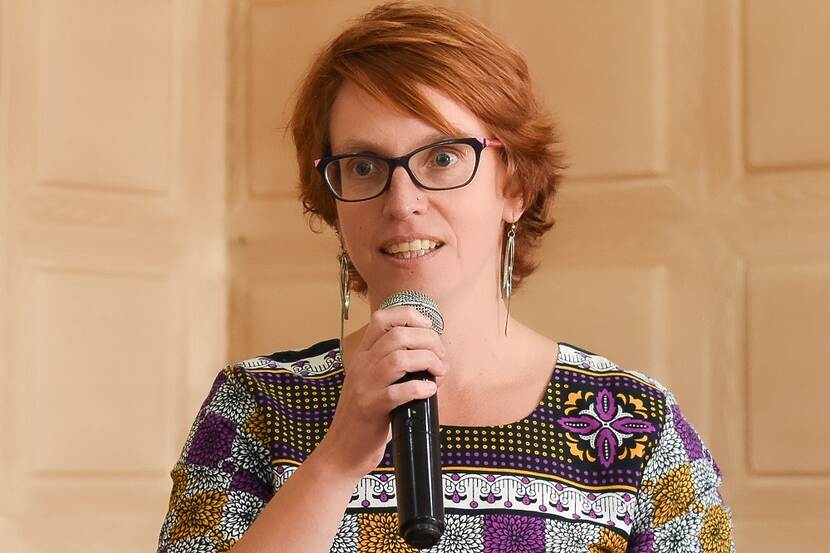
Globally, fish farming is rapidly expanding, and Kenya is no exception. Producing over 150,000 metric tons of fish each year, Kenya relies primarily on its lakes, which contribute around 80% of this volume. Marine fisheries add roughly 10%, while aquaculture which entails fish farmed under controlled conditions—accounts for the remaining 10%. However, as environmental pressures intensify, the sustainability of harvesting fish from natural waters is under threat. Pollution from heavy metals and other contaminants degrades water quality and endangers fish populations, underscoring the need for sustainable solutions to meet the growing demand for fish.
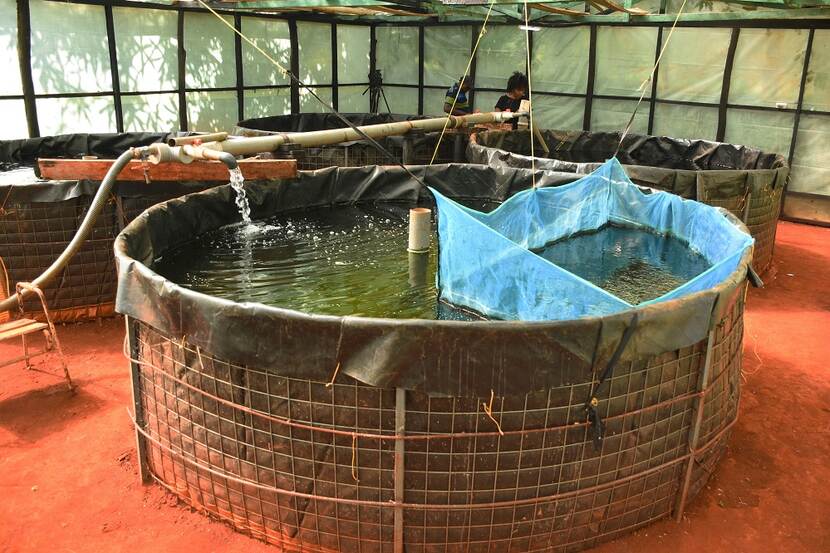
In 2009, the Kenyan government launched the Economic Stimulus Program (ESP), which enabled thousands of farmers to build fishponds to raise tilapia and catfish. Aquaculture is becoming increasingly popular among small-scale farmers in Kenya as they work to meet the rising demand for fish. Today, around 50,000 small-scale farmers are engaged in aquaculture, relying on simple fish ponds made by digging out the ground or lining the pond with dam liners. Aquaculture not only boosts local fish production but also provides a dependable income and an essential source of protein for many households. However, these basic fish ponds often have limited and inconsistent productivity due to inefficient space use, while also straining water resources through high consumption and pollution. To address these challenges, there is a need for more efficient ad sustainable farming practices that can help farmers optimize yields and reduce environmental impacts.
Addressing these challenges requires innovation supported by research. Building on the longstanding partnership between Kenya and the Kingdom of the Netherlands, the two governments have collaborated on a feasibility project to introduce an innovative technology known as the Affordable Recirculation Aquaculture System (A-RAS). This cost-effective, closed-loop system is designed to boost the sustainability and efficiency of fish farming. Unlike traditional ponds that depend on a continuous flow of fresh water, A-RAS recycles water within the system, conserving water, reducing exposure to chemicals and heavy metals, and minimizing environmental impact. This approach provides farmers with a stable, controlled environment for fish growth, promoting higher yields and improved quality. For small- to medium-scale farmers, A-RAS offers a practical and eco-friendly solution that aligns with their sustainable, productive aquaculture goals.
Participants of the dissemination workshop discussing the pros and cons of the A-RAS system
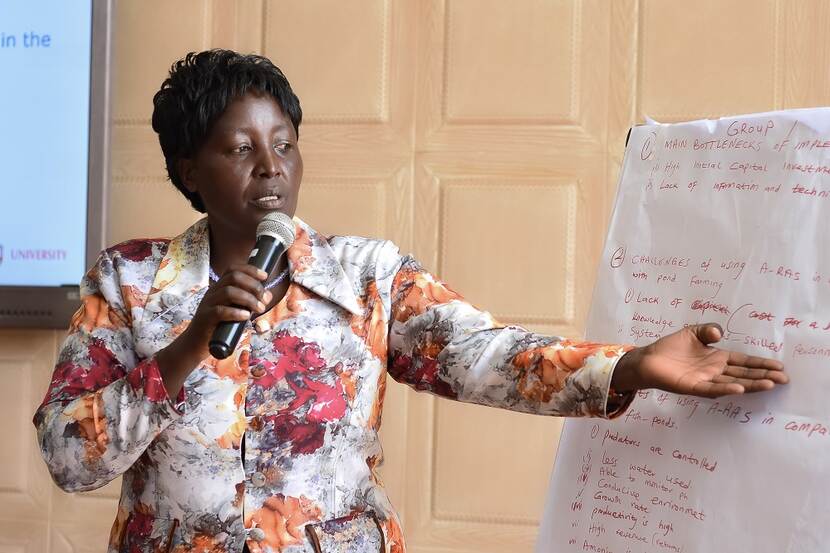
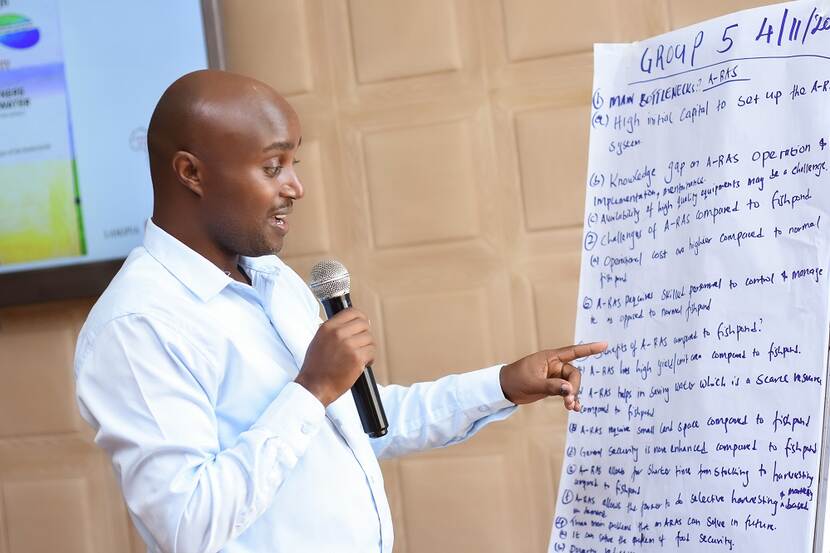
The Affordable Recirculation Aquaculture System (A-RAS) pilot project was launched in Nyeri County, where approximately 3,000 farmers operate fish ponds. This initiative involved Wageningen University and Research, the Food Systems and Poverty Alleviation in Africa (FOSPA-Africa), Partners for Water, Aqua Farming Consult, and Laikipia University. During a dissemination workshop held on November 4, 2024, at White Rhino Hotel, Dr. Katrine Soma, Senior Scientist at Wageningen University and Research, highlighted the project’s achievements. Through the partnership, five demonstration farms were constructed in Nyeri, each employing the A-RAS technology to evaluate the solution’s feasibility and benefits for local fish farmers.
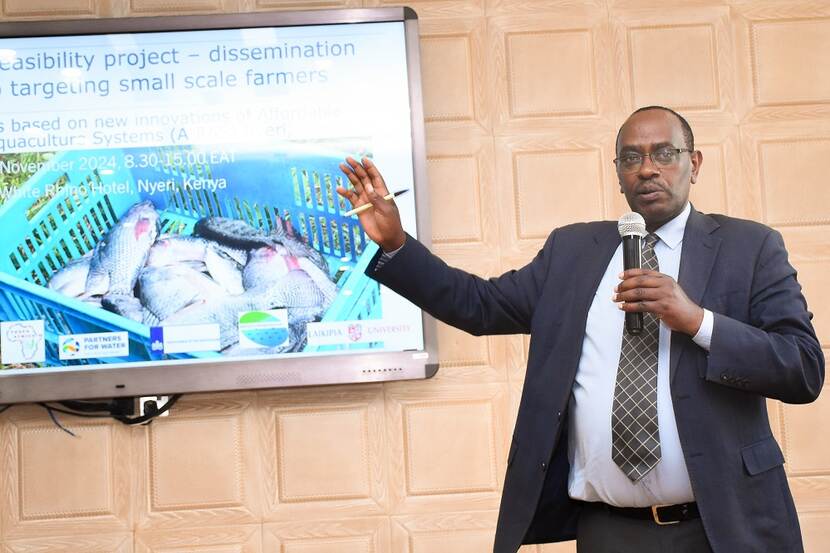
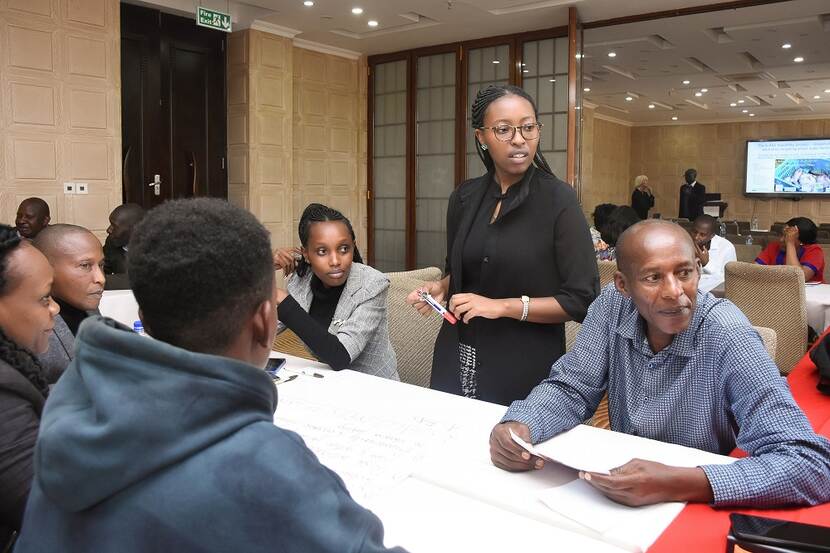
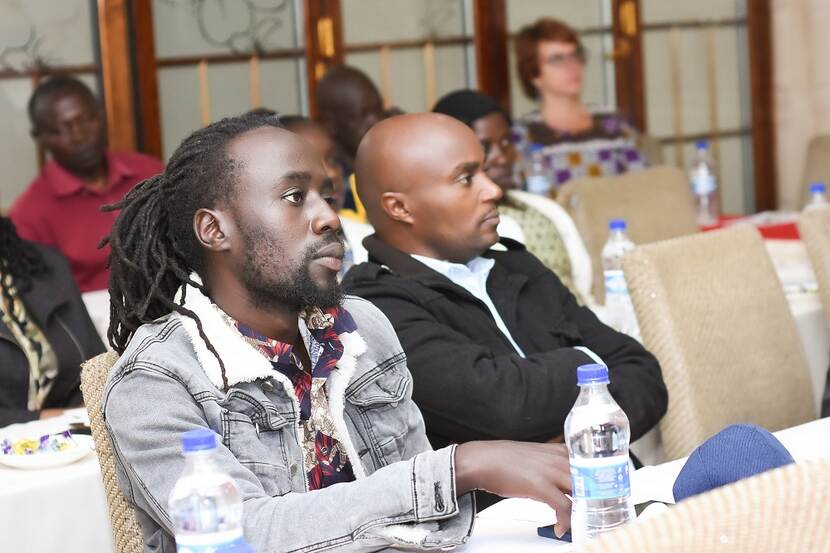
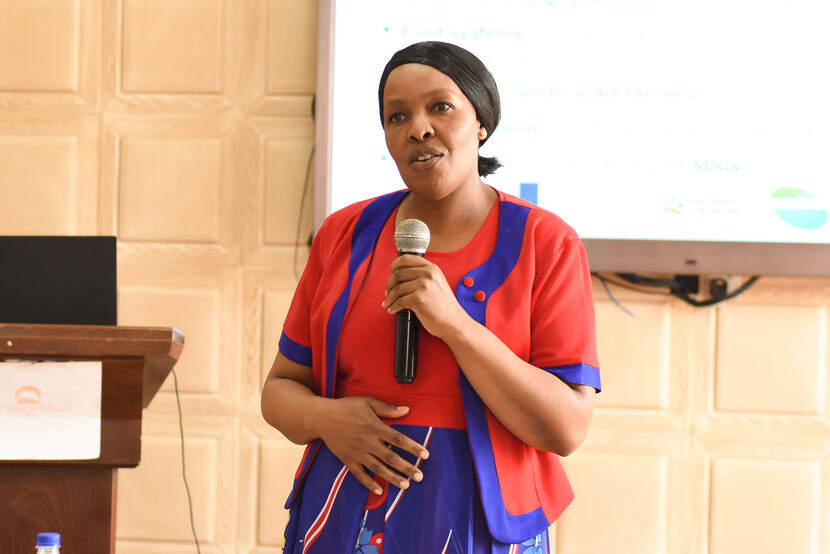
Nyeri County was chosen as the project site based on insights from the Economic Stimulus Program (ESP), which revealed a strong interest in new agricultural technologies among local farmers.
“Nyeri stands out for its rapid adoption of agricultural innovations, outpacing many other regions. Although it’s not a traditional fish-eating county, thousands of farmers here have invested in fish ponds and established cooperative structures to strengthen their ventures. This proactive spirit made Nyeri an ideal choice to pilot the A-RAS technology.” - Dr. Katrine Soma, Senior Scientist at Wageningen University and Research
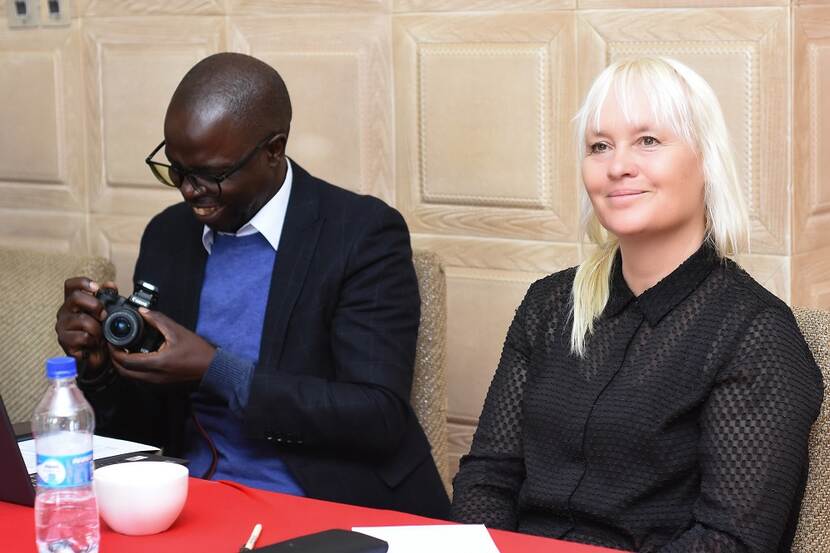
The pilot program aims to test A-RAS's effectiveness in improving fish yields, conserving water, and enhancing sustainability to establish a replicable model that can empower small-scale farmers across Kenya. This also aligns with the sustainable development goals. The success of this project here not only demonstrates the system’s benefits but also offers valuable insights into how it can be scaled to other non-traditional fish-farming areas across Kenya.
Among the five farmers benefiting from the A-RAS project is Peter Mwangi, who began fish farming five years ago. Initially, he set up a traditional fish pond measuring 8 x 15 meters, which, at its best, held 1,200 fingerlings and produced around 420 kg of table fish at maturity. With guidance from the A-RAS project, Peter transformed his setup, constructing a greenhouse and breeding tanks using affordable, locally available materials like timber, dam liners, and IBC tanks. Peter has further optimized his system by harvesting rainwater from his home and installing solar panels to recirculate and pump water, ensuring efficient and sustainable operations. This setup eliminates wastewater discharge and improves land use and productivity, producing cleaner, healthier fish free from chemicals and heavy metal contamination.
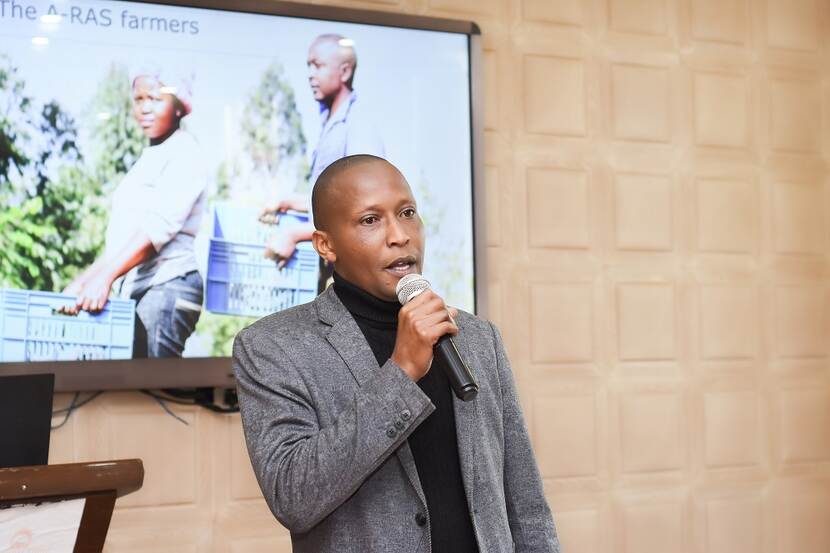
Link to video with more information of Peter's project and progress: Affordable Aquaculture Recirculatory System Technology Facilitating Sustainable Aquaculture in Kenya
Through the A-RAS technology, in the same space where he had the fishpond, he has been able to stock 4,500 fingerlings that yielded 1,800 kgs of table fish. “This system has completely transformed my fish farm. With A-RAS, I’m now producing over four times what I could with traditional ponds, and the fish mature much faster. Earlier on, it took nine months for the fingerlings to reach market size; now, in the greenhouse, they’re ready in just 4 to 6 months because the warmer temperature helps them feed better, which translates to faster growth. That means I can sell twice a year instead of once, which has a huge impact on my income. It’s been a game-changer for my family and my farm.” Peter adds.
While A-RAS offers impressive advantages over traditional fish ponds, several challenges remain. These include high setup costs, disease management issues, technical complexity, the need for specialized labor, and occasional system failures like clogging. Charles Mbauni from FOSPA-Africa pointed out that while the initial investment for A-RAS is higher than that of ponds, the payback period and overall profitability of A-RAS are significantly greater. In fact, under optimal conditions, A-RAS can deliver up to 40 times the productivity of a standard pond system.
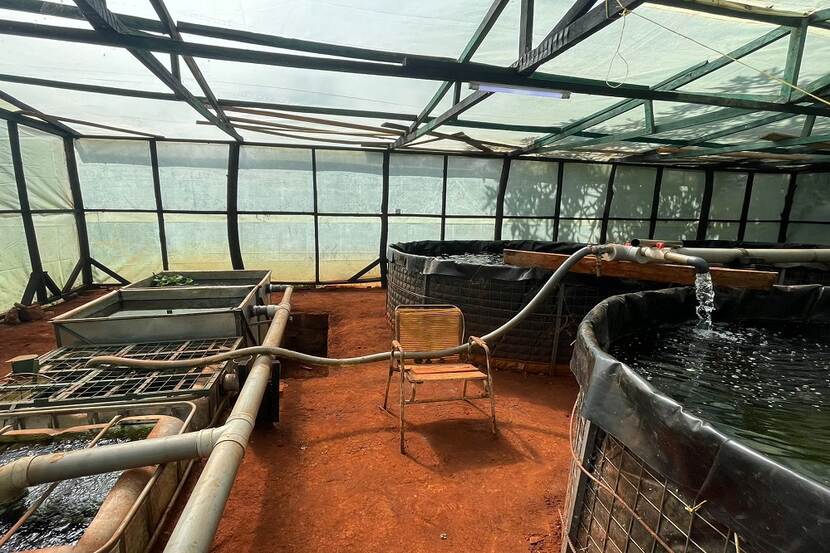
Dr. Katrine emphasized that the strong performance of A-RAS creates opportunities to refine the technology further. This includes investing in capacity building, fostering knowledge transfer through institutions like Laikipia University, and upgrading the filtration system to ensure better water quality with minimal usage. Improvements to feed—such as using floating pellets—can reduce waste, enhance feed efficiency, and improve fish growth rates. On Peter’s farm, the introduction of water hyacinth has been particularly innovative, as it helps absorb ammonia from the water, reduce waste, and support a more circular, eco-friendly system.
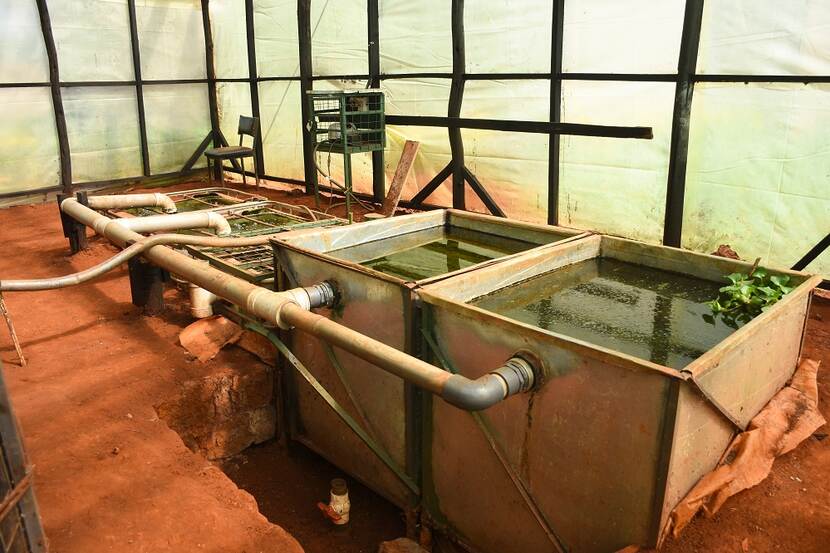
The certainty that the A-RAS technology offers in terms of productivity and efficiency will open doors for entrepreneurial farmers seeking finance, to establish and scale their businesses. It is also an opportunity for financial institutions to customize solutions that will support these farmers, through innovative financing models. Once the feasibility study is complete, and the true cost of setting up a basic A-RAS farm is clear, these partnerships can truly take shape, fueling growth and innovation in sustainable aquaculture.
In the face of climate change, adopting A-RAS technology will be crucial in advancing key Sustainable Development Goals (SDGs). It will support water security (SDG 6) and climate action (SDG 13) through green energy, like solar panels. A-RAS also contributes to achieving Zero Hunger (SDG 2) by providing access to healthy, sustainable protein, fostering food security, and improving nutrition. Additionally, it promotes sustainable agriculture, paving the way for a more resilient and productive farming system. The outcomes of the A-RAS feasibility project demonstrate that through innovation and collaboration, stakeholders can drive significant socio-economic growth in Kenya.
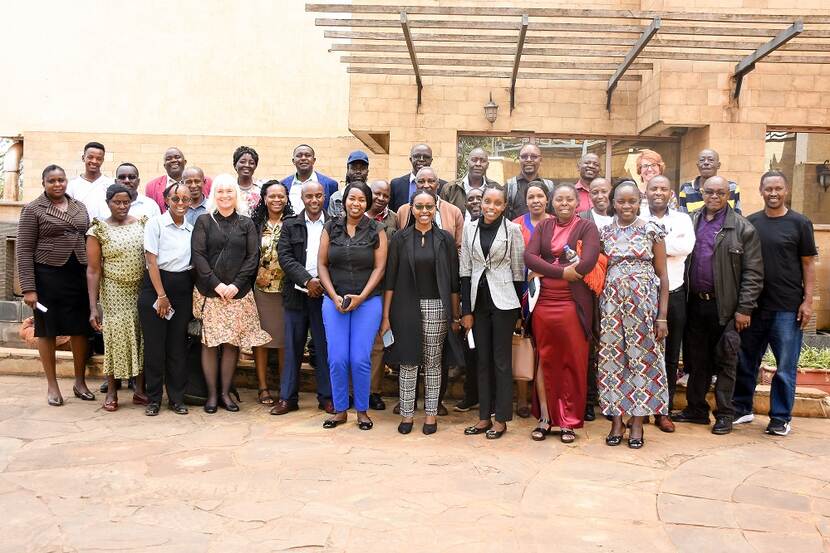
Want to Know More?
For more information this subject or in case of questions for the Agricultural Counsellor, feel free to contact us via NAI-LVVN@minbuza.nl.
For the latest updates follow us on LinkedIn, Twitter (X) and/or register for our newsletter by sending an email to NAI-LVVN@minbuza.nl